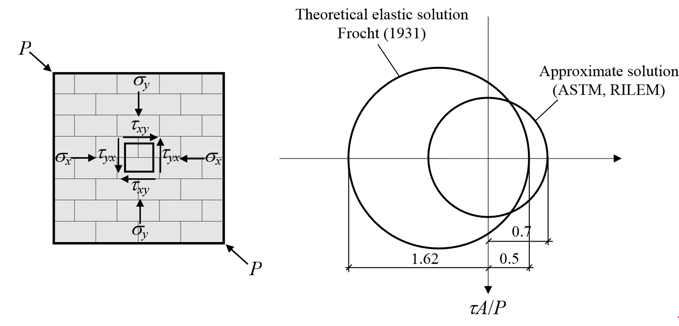C.Calderini1, S.Cattari2 and S.Lagomarsino3
- Research Assistant, Dept. of Civil, Environmental and Architectural Engineering , University of Genoa, Italy, chiara.calderini@unige.it
- Research Assistant, Dept. of Civil, Environmental and Architectural Engineering , University of Genoa, Italy, serena.cattari@unige.it
- Full Professor, Dept. of Civil, Environmental and Architectural Engineering , University of Genoa, Italy, sergio.lagomarsino@unige.it
ABSTRACT
In the seismic design and assessment of ordinary masonry buildings the prediction of the strength of masonry piers subject to in-plane lateral forces plays a crucial role. Different simplified models are present in literature and codes to describe the failure modes of piers (Rocking/Crushing, Bed Joint Sliding, Diagonal Cracking) and to predict their load bearing capacity. In general, they are based on simple idealizations of the limit strength domain of masonry through few mechanical parameters. Referring in particular to the Diagonal Cracking failure mode, two models are usually adopted: that of Turnšek and Čačovič (1970) and that of Mann and Müller (1980). These models are dependent on two main mechanical parameters: the cohesion of mortar joints, usually obtained through the triplet test, and the tensile strength of masonry, usually derived by the diagonal compression test. Aim of this paper is to synthetically analyse the physical meaning, the experimental evaluation and the proper use of these parameters. Moreover, a method to relate the result of the diagonal compression test to a “mean” value of the cohesion is proposed. This latter test offers two main advantages: a versatile application to different types of masonry (also irregular ones); the capability of providing “mean” mechanical parameters, representative of the whole masonry.
KEYWORDS: masonry, pier strength, in-plane shear behaviour, diagonal compression test
B2-1



